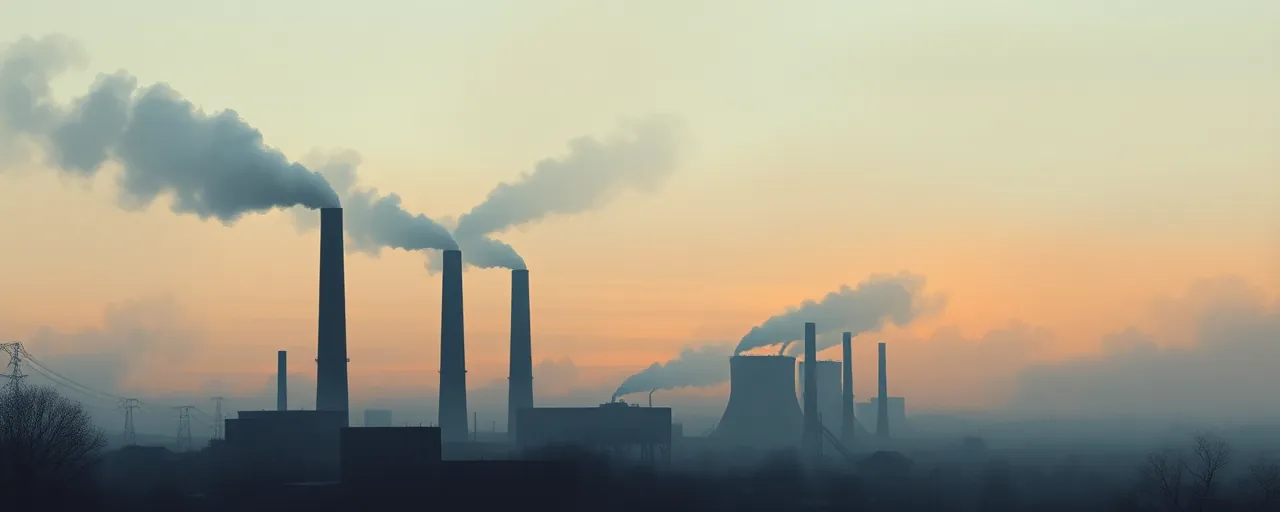A Sudden Shift in Coal Policy
On April 8, 2025, President Donald Trump signed a proclamation that caught many off guard. It grants a two-year reprieve for certain coal-fired power plants facing tough environmental rules set by the previous administration. The move targets the Environmental Protection Agency’s Mercury and Air Toxics Standards, easing compliance demands that some plants found nearly impossible to meet. For an industry battered by decades of decline, this feels like a lifeline tossed into choppy waters.
The decision lands at a pivotal moment. Electricity demand is climbing fast, driven by trends like AI data centers and electric vehicles, while the nation’s power grid wrestles with aging infrastructure and unpredictable weather. Supporters argue it’s a practical step to keep the lights on and preserve jobs. Yet others see it as a step backward, reigniting a fierce debate over how America powers its future.
Why Coal Still Matters
Coal isn’t the giant it once was, but it still fuels 16% of U.S. electricity. That share keeps it a key player in the energy mix, especially when wind dies down or solar panels sit under clouds. The North American Electric Reliability Corporation has raised alarms about retiring too many reliable power sources too quickly. With demand projected to jump 16% in five years, losing coal plants could leave gaps during crunch times, like brutal winters or scorching summers.
Then there’s the human cost. In places like Appalachian Ohio, shuttered plants have gutted local economies. Take Adams County, where two closures wiped out over $82 million in labor income and left entire communities scrambling. Advocates for the policy say keeping these plants running buys time, not just for the grid, but for workers and towns hanging on by a thread.
The Environmental Trade-Off
Flip the coin, and the picture changes. Coal remains the dirtiest fossil fuel, pumping out greenhouse gases and pollutants like mercury that harm air and water quality. The Biden-era rules aimed to slash those emissions, part of a broader push to cut U.S. carbon output by 40% from 2005 levels by 2030. Easing them now, some argue, undermines years of progress and sends the wrong signal when climate pressures are mounting.
Technology offers a counterpoint. Emissions-control systems exist, but they’re costly, and not every plant can afford the upgrade. The two-year buffer might give industry breathing room to innovate, though skeptics doubt it’ll lead to meaningful change. They point to coal’s long slide, down 18% in capacity since 2009, driven less by regulation than by cheaper rivals like natural gas and renewables.
Jobs vs. the Big Picture
The job argument cuts deep. Coal towns don’t bounce back easily, and plant closures ripple out, hitting everything from diners to hospitals. Yet national numbers tell a different story, jobs in natural gas and renewables have surged as coal’s faded. Decommissioning can spark new work, too, like land cleanup or solar farms, but those gigs often land far from the people who need them most. Retraining programs could bridge the gap, though they’ve been slow to take root.
Energy policy has always been a tug-of-war. Past administrations wrestled with it, from the 1970s oil shocks to Obama’s Clean Power Plan and Biden’s renewable bets. Trump’s team frames this as pragmatism, prioritizing what’s on the ground now over long-term shifts. Detractors see it as kicking the can down a road that’s running out of pavement.
What’s Next for America’s Energy
This proclamation doesn’t settle the fight, it lights a new fuse. Two years might stabilize the grid and keep some plants humming, but it’s a Band-Aid, not a blueprint. The real test lies in what follows, whether industry can deliver affordable tech to clean up coal or if the nation doubles down on wind, solar, and gas. Either way, the stakes are tangible, power bills, blackouts, and paychecks hang in the balance.
Voices on all sides agree on one thing, the grid can’t keep limping along on creaky transformers and crossed fingers. Beyond coal, broader fixes like smarter transmission lines or faster permitting for new projects could ease the strain. For now, America’s energy story feels like a book with the last chapter still unwritten, and everyone’s got an opinion on how it ends.
